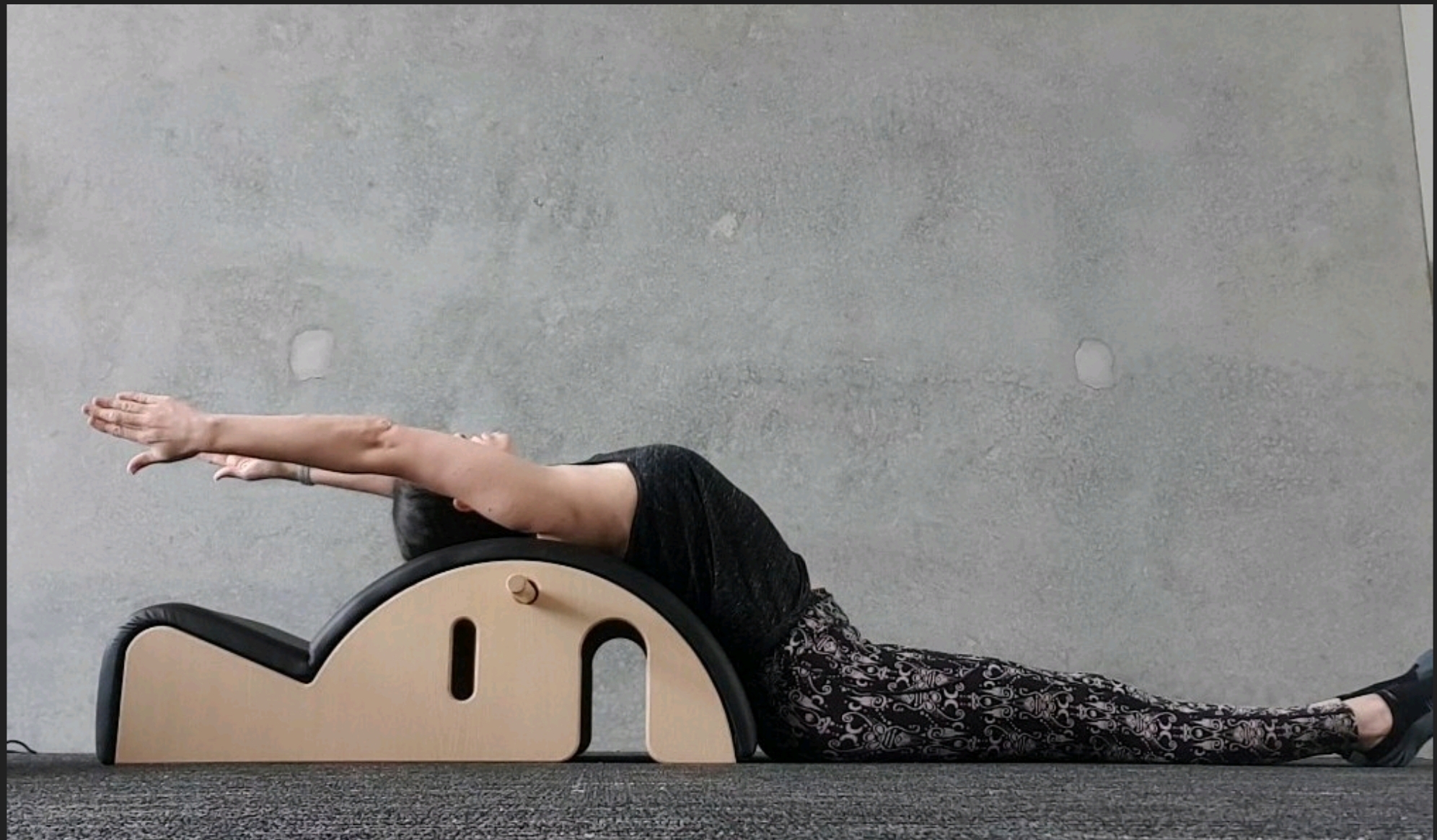In the last few weeks, I’ve noticed a common theme among visitors to my classes, with many arriving with sore or tight necks and shoulders. Whilst I certainly feel that the trend right now can be linked to the sudden arrival of the cold winter weather, there may also be a number of other reasons which may occur year-round. Outside of temperatures dropping, emotional stress, sudden movement or even a lack of movement resulting in a muscle twinge (think of those times something hurts after waking, that we attribute to having “slept funny”) may also result in sore neck and shoulders. And yes, Pilates can help with that!
Disclaimer – if the pain is acute (for example but not limited to searing/stabbing pain), please seek out help from your allied health professional (physiotherapist, chiropractor, osteopath, etc) who can assess and establish if anything more than simple muscular tightness is going on. They will provide you with treatment as well as a plan to return to healthy movement, that of course may also be supported in the Pilates studio (Pilates and allied health are team players in your movement health).
Whether you practice at home or in studio, there are a few simple things you can do to support the release of tight muscles:
- Move them. You may feel like you don’t want to, but to quote the cliché, ‘movement is medicine’. Do it slowly, breathing deeply, gently warming them up, encouraging fresh blood flow to the area. Small props or apparatus (which you may have at home) can help by providing support to the movement, or an opportunity to target any tender spots or knots. Gentle stretching is also helpful.
- Keep breathing and move the affected area slowly. Oh, I’ve said that already? Well, it’s important, and worth repeating!
- Work out what is causing the muscle tension, and address this. I’ll be honest, this is sometimes the hardest part. If it’s simply a matter of temperature, I’m giving you permission to rug up and start wearing your winter woollies (new scarf anyone?). However, there may be more to it – think a mouthguard if you are grinding your teeth at night (hello dentist), or speaking to a professional who can help you with strategies to manage stress (either within or outside of your work place).
If you’re not too sure on how to move the muscles safely, definitely reach out for support to a trained professional (whether that be Pilates or Allied Health professional) near you. Now back to those folks that I’ve helped in the last few weeks; here’s some feedback (unprompted!) they sent me, in the hours/days after our classes targeting their neck and shoulder pain and tightness:
“Thank you so much, whatever you did [at] last night[‘s class] made my neck feel so much better.”
“You performed wonders for my neck this morning. Within an hour [after class] the pain was gone!”
“My back and neck feels so much better, thank you!”
“I just wanted to thank you for today’s session. Whatever you did for my neck and shoulders today worked wonders.”
I love that these clients took the time out of their busy lives to contact me and let me know the relief they were feeling, particularly when it is not expected or solicited. It just emphasizes to me how debilitating muscular neck and shoulder pain can be, and how teaching them some simple strategies can help them manage the experience themselves.
Now it’s worth repeating that the above advice is general only, reflecting personal opinion and experience as a trained pilates professional. Please refer to the relevant professional in your healthcare team for guidance specific to your situation, and of course reach out if I can be of help! Email hello@functionforchange.com, or use our online booking system to secure your class timeslot with me at Function for change.



Comments are closed